We may earn money or products from the companies mentioned in this post. This means if you click on the link and purchase the item, I will receive a small commission at no extra cost to you ... you're just helping re-supply our family's travel fund.
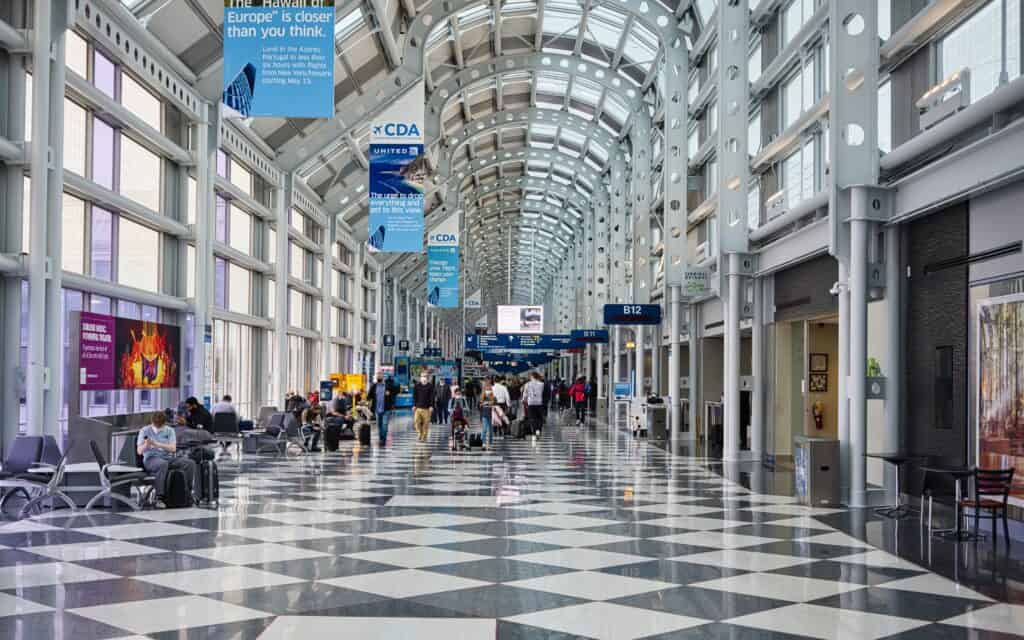
For many travelers, the hardest part of a journey is not the flight but the distance between curb and gate. Some U.S. airports sprawl across huge footprints, stacking long concourses, multilevel connections, and limited seating into one demanding obstacle course. A recent wave of terminal expansions has only stretched those walks further. For anyone with joint pain or reduced mobility, these “marathon terminals” can turn a simple connection into a painful slog.
Dallas Fort Worth International Airport (DFW), Texas
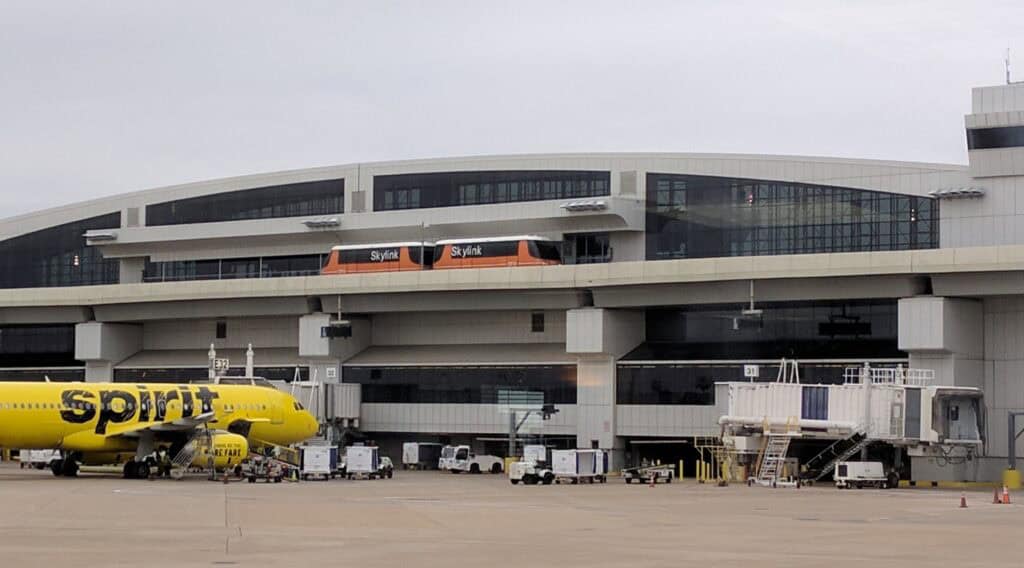
DFW regularly tops studies for the longest walks in the country, with up to 1.5 miles from entrance to farthest gate. Skylink trains help, but transfers still involve long jet bridge ramps, crowded corridors, and frequent level changes. On tight connections, passengers often power walk across wide concourses that offer limited spots to rest. For knees that prefer short, predictable distances, this vast hub can feel more like a fitness challenge than a transit point.
Denver International Airport (DEN), Colorado

Denver’s single main terminal feeds three large concourses set out on their own islands, forcing long walks to and from gate clusters. Studies put the longest internal walk around or above a mile, depending on route. Concourse B in particular stretches for thousands of feet, with long, repetitive gate rows that seem to roll on forever. Travelers with knee or hip issues often rely heavily on the train or wheelchair services and still report fatigue just moving between restrooms, food courts, and boarding doors.
Hartsfield Jackson Atlanta International Airport (ATL), Georgia

Atlanta’s layout packs multiple concourses in a straight line, linked by the Plane Train and a long underground transportation mall with moving walkways. On paper, mobility aids exist; in practice, missed trains, broken walkways, or crowded corridors can force extended walks. The full domestic-to-international trek can approach two miles for anyone choosing (or forced) to walk it. For tender joints, that combination of distance, crowds, and time pressure can feel especially unforgiving.
Chicago O’Hare International Airport (ORD), Illinois
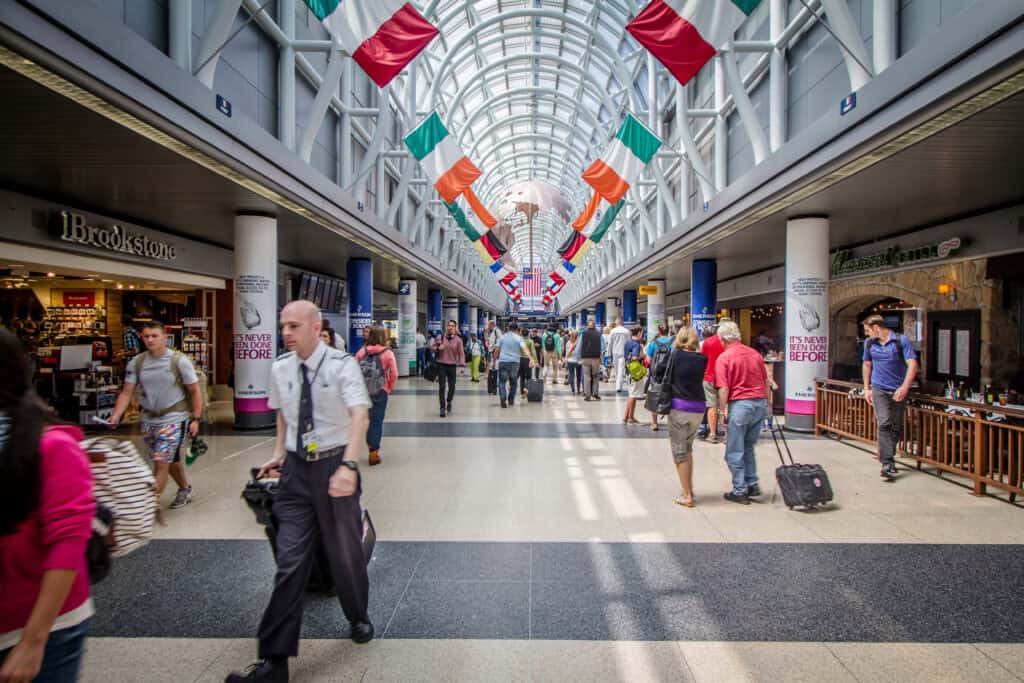
O’Hare’s reputation for stress often comes down to walking distance. Business travelers have specifically called out long hikes between gates as a top complaint, especially when moving between domestic concourses and Terminal 5. The layout strings multiple concourses together with long connector halls, where moving walkways do not always cover the full route. Tight connections mean brisk walks, crowded escalators, and limited chances to sit. For anyone managing knee pain, the experience can feel more like a race than a routine transfer.
Los Angeles International Airport (LAX), California
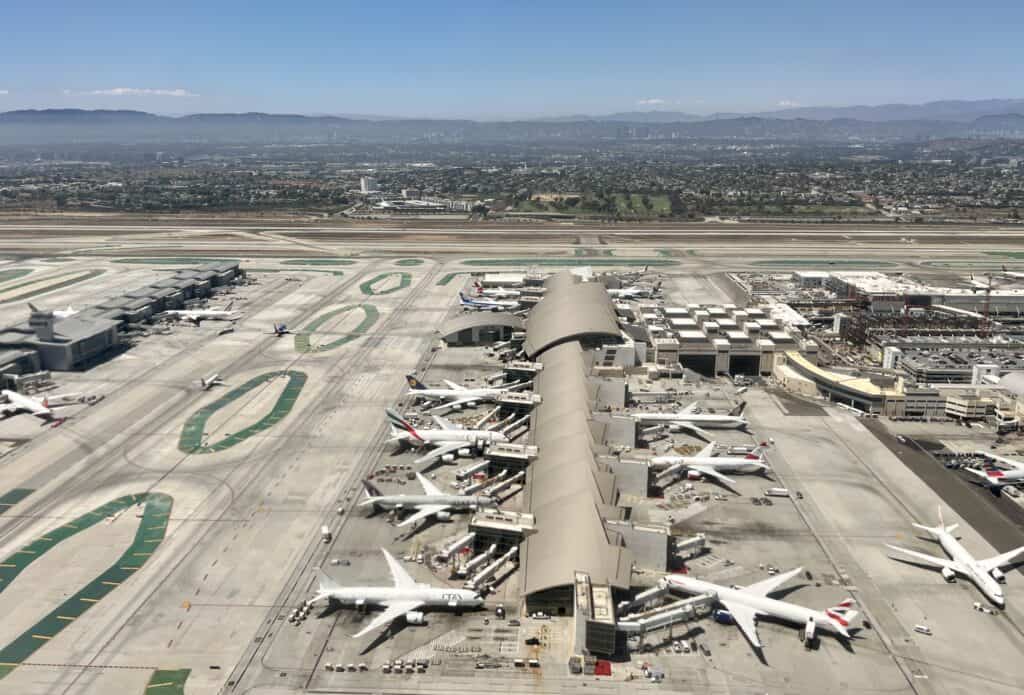
At LAX, terminals curve around a horseshoe road, and a complete airside walk from one end to the other now runs close to two miles, or even 2.5 miles when the far Bradley West Gates are included. Shuttle buses help, but delays, construction, and crowded stops can leave travelers hoofing it along long corridors and outdoor sidewalks. Remote gates for regional flights add extra legs to the journey. For sensitive joints, this combination of distance and unpredictability can quickly add up.
John F. Kennedy International Airport (JFK), New York
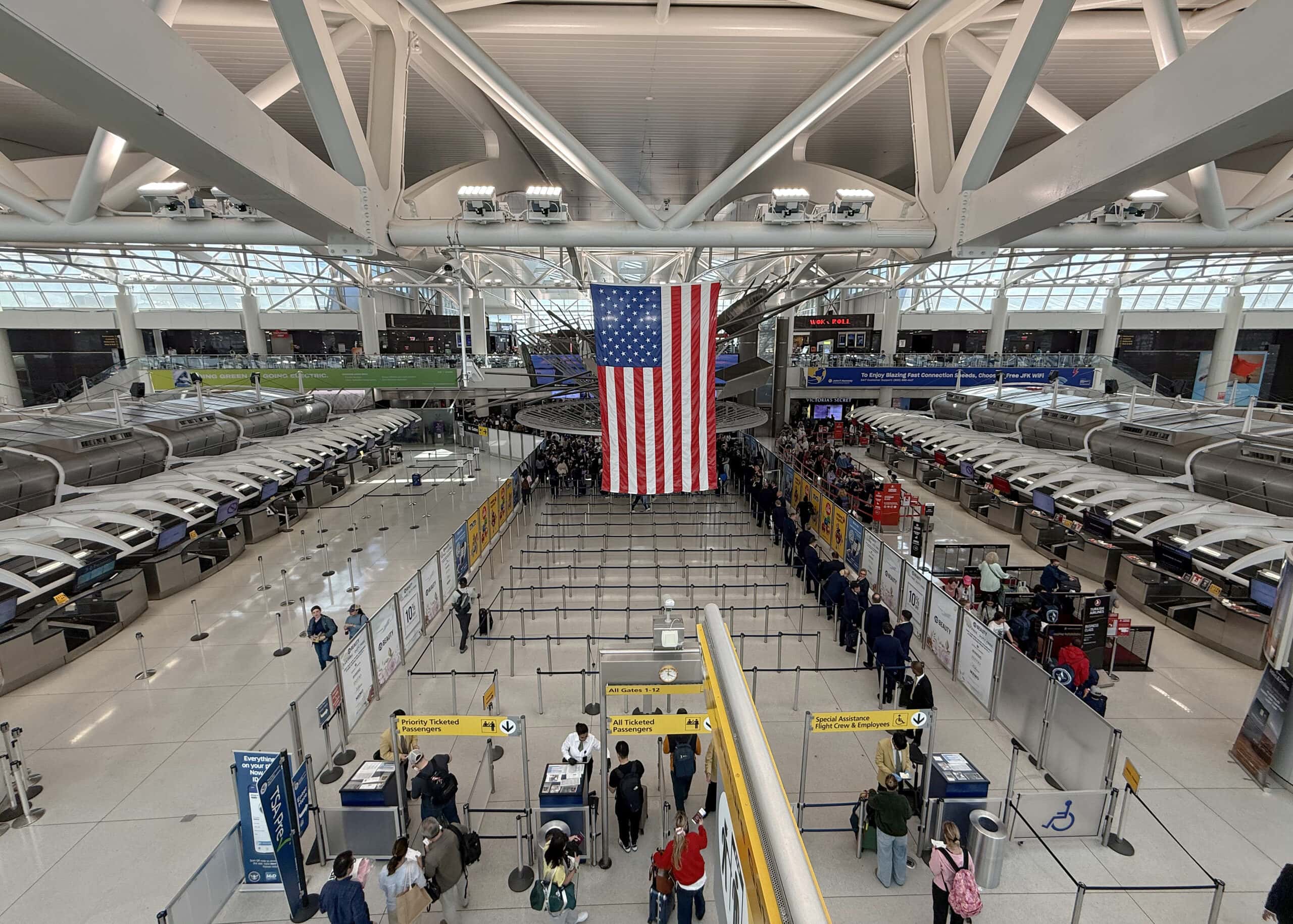
JFK spreads traffic across multiple terminals, each with its own long concourses and security areas. A recent walking-distance study ranked JFK among the U.S. airports with some of the longest internal treks from check-in to gate. The AirTrain eases movement between terminals, but most connections still require serious walking inside buildings that can feel like mazes. With lines, detours, and occasional elevator bottlenecks, knees already under strain may face long periods of standing and stop-start motion that hurt more than a simple straight walk.
LaGuardia Airport (LGA), New York
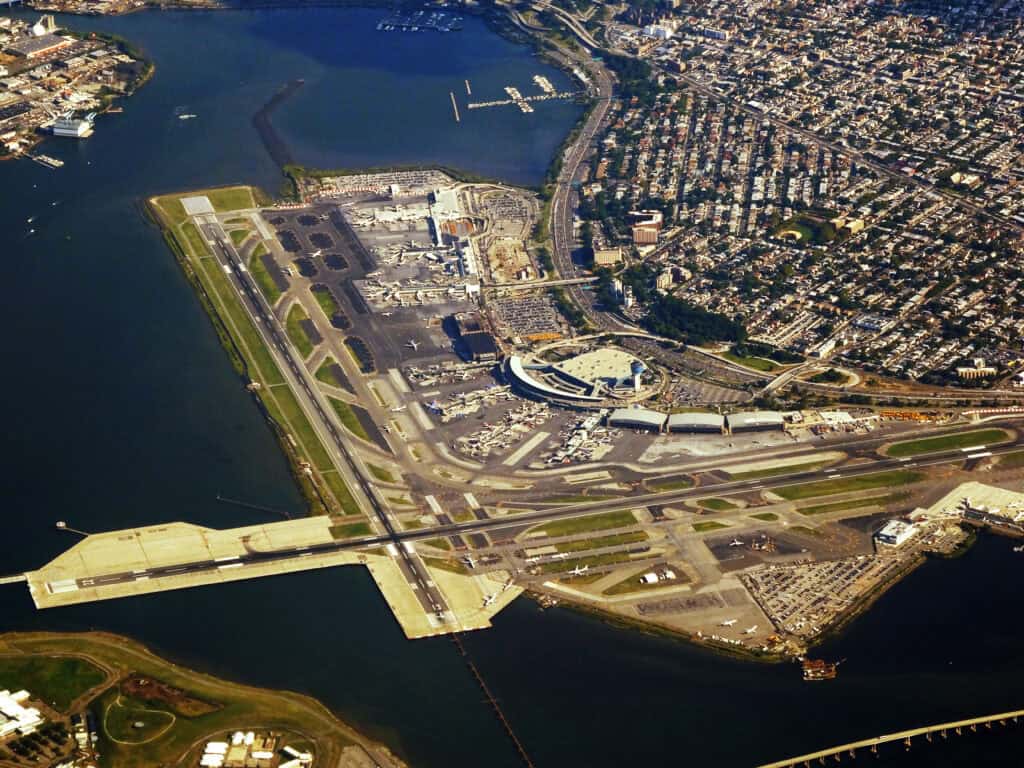
LaGuardia’s new Terminal B looks bright and modern, but scale comes with a cost. Passengers have praised the design while also noting long walks to far gates, especially when pulling luggage or managing mobility issues. Carpeted stretches can increase drag on wheels and make every step feel heavier. Elevators and moving walks exist but do not always line up neatly with specific gates, leaving some travelers with chronic knee pain feeling drained before boarding even begins.
Washington Dulles International Airport (IAD), Virginia
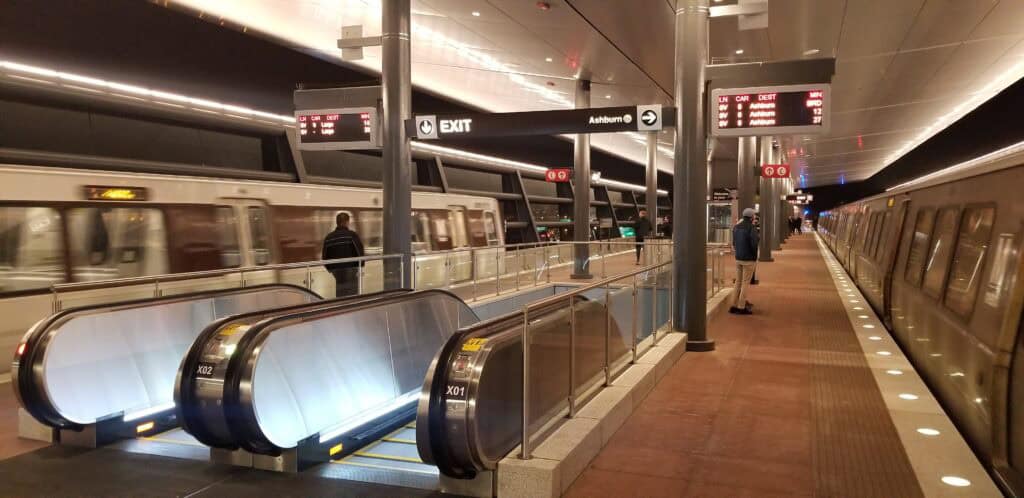
Dulles has a soaring main terminal and long midfield concourses that stretch across a broad campus. Surveys of U.S. airport walking distances often place IAD near the top, with more than 1.6 miles from check-in to the most distant gates. While the AeroTrain and people movers reduce some strain, passengers still face extended walks down narrow corridors with limited seating. For those whose knees protest every extra minute on hard floors, that combination can make Dulles a demanding hub to navigate.
George Bush Intercontinental Airport (IAH), Texas
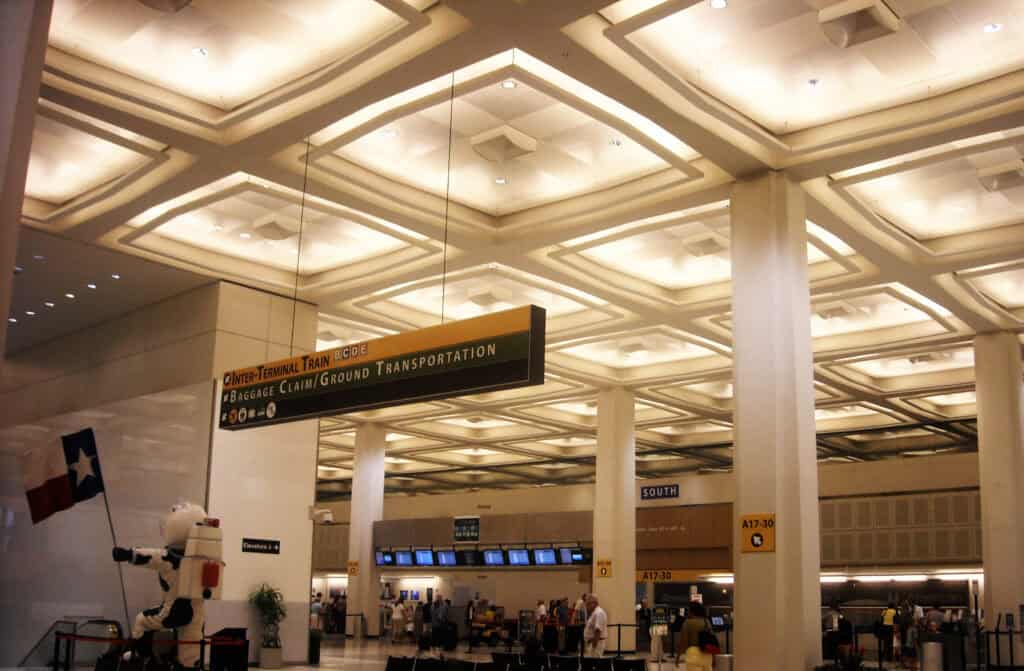
Houston’s main airport spreads several terminals across a wide footprint, and walking-distance studies flag it as one of the most demanding major hubs, with estimates around 1.5 miles to the farthest gates. Inter-terminal trains and shuttles are essential, yet construction zones or crowded platforms can still force long walks through busy halls. The mixture of humidity, polished floors, and frequent line-ups at security and immigration can push already sore knees into outright pain by the end of a typical connection.